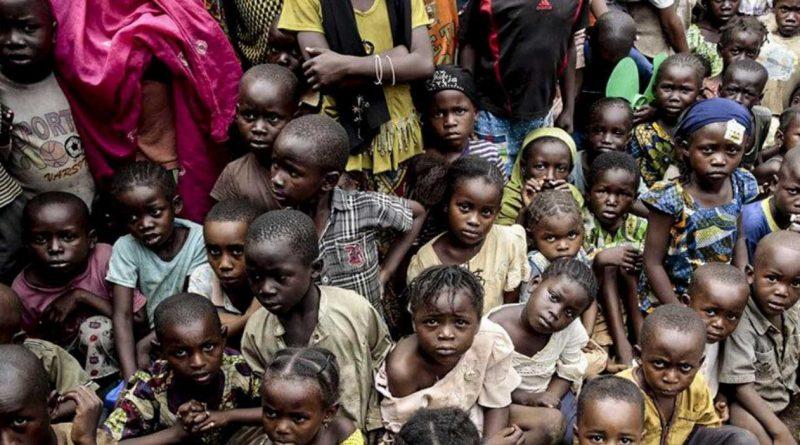Nigeria has 20 million out-of-school children
Nigeria now has about twenty million children who are out of school, one of the highest in the world, according to UNESCO.
The numbers were released by UNESCO in a statement that begins: “The new estimates, published online by the UNESCO Institute for Statistics (UIS) and Global Education Monitoring (GEM) Report, showed that sub-Saharan Africa remains the region with the highest percentage of children and youth who are not enrolled in school. Additionally, it is the only area where this figure is rising, as out-of-school rates are declining more slowly than the population of school-age children is expanding.
With 85 million people, Central and Southern Asia has the second-highest percentage of children who are not in school. India, Nigeria, and Pakistan are the top three nations where the majority of children and young people are not enrolled in school.
In order to close the gaps and work toward attaining the fourth Sustainable Development Goal, Silvia Montoya, Director of the UNESCO Institute for Statistics, says that effective use of the data already available is crucial (SDGs).
UNESCO has long emphasized the need to utilise the data we already have more effectively,” the official said. We have combined administrative data with information from surveys and censuses because of this. Gaps are filled, data trends are smoothed, and we may create reliable time series by combining data from numerous sources.
Global out-of-school figures are lower than we imagined, but far too many children are still losing out,” said Stefania Giannini, the Assistant Director General for Education at UNESCO. By 2030, countries have promised to reducing the number of children not in school by more than half. In order for nations to fulfill their commitments, we must find solutions at the Transforming Education Summit, which the UN Secretary-General has scheduled for this September. All kids ought to have access to high-quality instruction.
Stefania Giannini, Assistant-Director General for Education at UNESCO, commented on this issue by saying: “Worldwide absentee rates are lower than we imagined, but far too many children are still missing out.” By 2030, countries have promised to reducing the number of children not in school by more than half. In order for nations to fulfill their commitments, we must find solutions at the Transforming Education Summit, which the UN Secretary-General has convened for this September. All kids ought to have access to high-quality instruction.
In nations with high rates of out-of-school youth, but where “no administrative data of adequate quality has been available for over a decade,” according to UNESCO, significant data gaps have been addressed. It stated that Nigeria, which “has an estimated 20 million children and youth out of school, Ethiopia (10.5 million), the Democratic Republic of the Congo (5.9 million), and Kenya” were among the nations featured in this category (1.8 million)
90% of nations have now established national SDG 4 benchmarks for 2025 and 2030, including those for out-of-school rates, with the assistance of UNESCO. Manos Antoninis, Director of the Global Education Monitoring Report, stated, “We must increase our support for individuals who are being denied their possibilities, keeping a close check on those who have suffered upon their return after COVID-related school closures.




